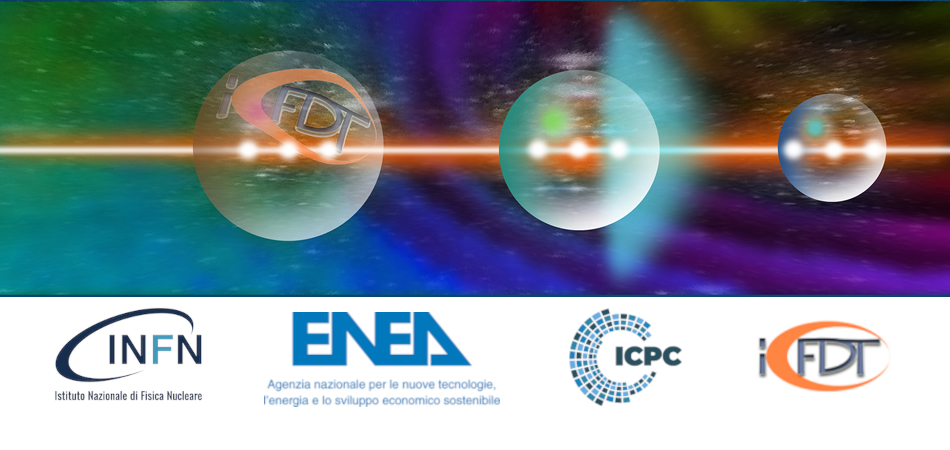The muon anomalous magnetic moment, $a_\mu=\frac{g-2}{2}$, is a low-energy observable which can be both measured and computed to high precision, making it a sensitive test of the Standard Model and a probe for new physics. This anomaly was measured with a precision of 0.20 parts per million (ppm) by the Fermilab's E989 experiment. The final goal of the E989 experiment is to reach a precision...
The detection of gravitational waves requires the ability to measure extremely small effects, specifically variations in the length of the interferometer arms that are 1000 times smaller than the size of a proton.
Central to the success of detectors such as Virgo and LIGO are advanced optical technologies that enable unprecedented sensitivity and precision in the control of the interferometer...
Plasma acceleration is paving the way for new compact accelerators aiming at reducing the scale of the facilities needed by free electron laser (FEL) or high energy physics by employing accelerating gradients much larger than conventional RF structures. The EuPRAXIA Design Study (1) is dedicated to realizing a distributed FEL facility powered by plasma acceleration in the European framework...
The Future Circular Collider (FCC) project aims to construct the next-generation accelerator of the CERN complex. The primary objective is to build a 90 km electron-positron collider (FCCee), designed to operate at beam energies ranging from 45.6 to 182.5 GeV. The immense scale of this machine and the unprecedented properties of its beams present significant challenges for beam diagnostics....
Plasma acceleration is a novel technique for a large variety of applications, including radiation sources of new generation. X-ray sources based on betatron radiation from plasma accelerators hold promise as compact, innovative and highly accessible solutions for radiation users. The key feature that makes these sources unique, lies in the shortness of the pulses delivered, falling in the...
Laser-driven particle acceleration relies on the interaction between ultraintense (I>1018 W/cm2) laser pulses and matter. A plasma is formed due to the ionization of the target, and electrons are heated until they escape from the interaction region, giving rise to a strong charge separation. This electric field is thus responsible for protons and heavier ions accelerated forward [1].
This...
Spectroscopic and microscopic techniques adopted for the characterization of ceramic plasma discharge capillaries, designed for high repetition rate plasma-based particle accelerators
The EuPRAXIA Advanced Photon Source (EuAPS) will be the first user-oriented radiation source based on betatron radiation, and it is currently under development at Laboratori Nazionali di Frascati - INFN at the FLAME laser facility.
Betatron radiation is emitted due to the betatron oscillations of electrons in a plasma during the Laser WakeField Acceleration (LWFA) process. An intense laser...
In the past decade, organometal halide perovskites (OMHP) semiconductors have been studied as sensors for ionization radiation and X-ray detectors, beside the well known success as photovoltaic devices. Properties such as simple single crystal growth from low-cost solution processes, high stopping power, defect-tolerance, large mobility-lifetime product and tunable bandgap make OMHP very...

